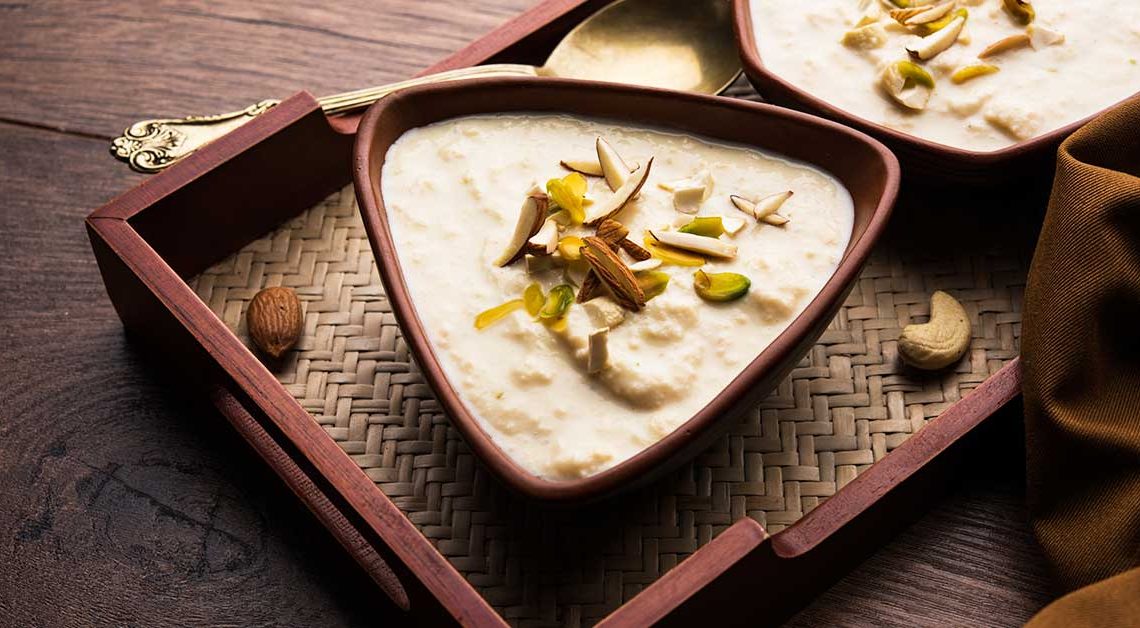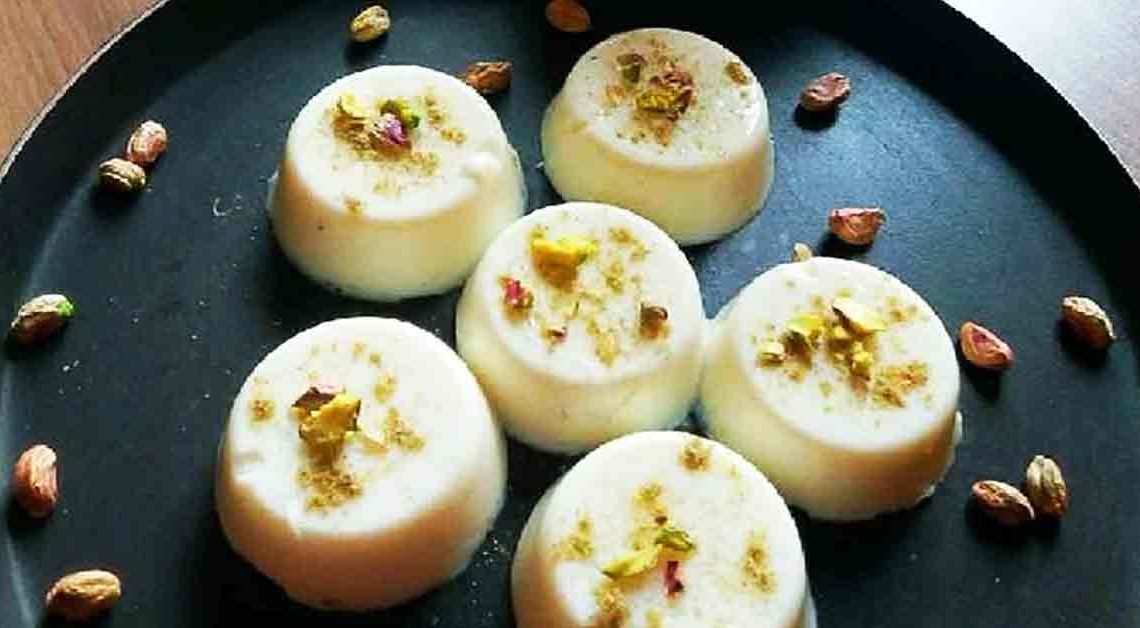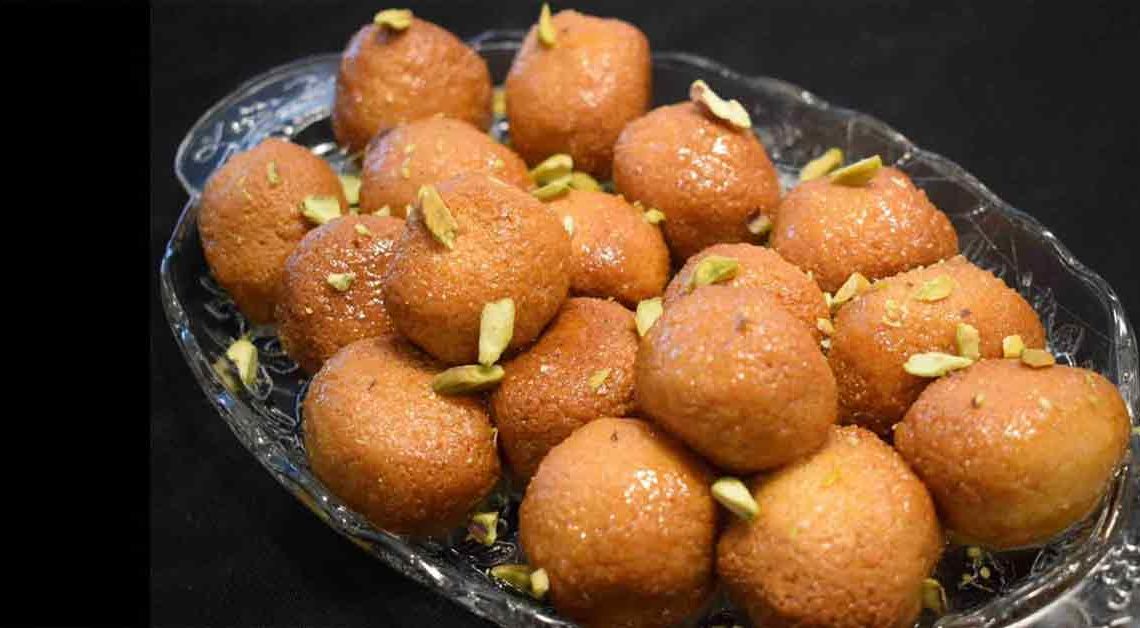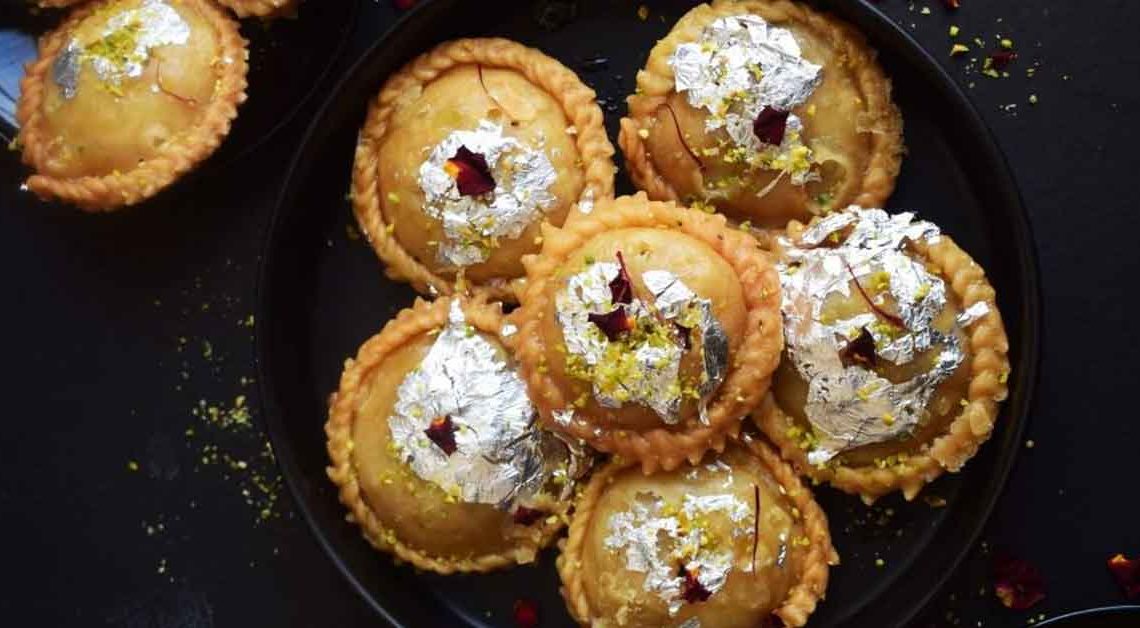Lachchhedaar Rabdi

Rabri, a rich and indulgent dessert that hails from the Indian subcontinent, has been capturing the hearts and taste buds of food lovers for centuries. With its creamy texture, subtle sweetness, and aromatic flavor, it has become a go-to dessert for celebrations, festivals, and special occasions.
But Rabri is not just a dessert. It’s a culinary adventure that takes you on a journey through the history, culture, and traditions of the Indian subcontinent. From the streets of Delhi to the royal kitchens of Lucknow, it has a fascinating story to tell.
In this blog, we will explore the world of Rabri and delve deep into its origins, ingredients, and preparation techniques. We will take a look at the different variations of the sweet that exist across the Indian subcontinent and discover the unique flavor profiles and regional twists that make each one special.
But that’s not all. We will also dive into the modern interpretations of Rabri that have emerged in recent times, as chefs and home cooks experiment with new flavors and techniques to create exciting twists on this classic dessert.
So whether you’re a die-hard fan of Rabri or a curious foodie looking to explore new culinary horizons, this blog is the perfect place to start your journey. So Let’s get started!
Origin of Rabdi
The origin of Rabdi is unclear, but it is believed to have originated in the Indian subcontinent, particularly in the Northwestern regions of India and Pakistan. Rabdi is also known by various other names, such as rabri, rabadi, and rabadi kulfi. The sweet is typically made during festivals and special occasions and is served as a celebratory dessert.
History of Rabdi
Rabdi has a long and interesting history, and its origins can be traced back to ancient times. According to one legend, Rabdi was created by a group of Rajasthani cooks who were tasked with creating a dessert fit for a king. The cooks boiled milk for hours until it thickened and reduced, then added sugar and flavorings to create a delicious and rich dessert that was fit for a royal palate. The dish soon became popular among the common people, and its popularity spread throughout the Indian subcontinent.
Another legend has it that Rabri was first made by a Bengali chef during the Mughal era. The chef was said to have created the dish by boiling milk and adding sugar and nuts, which he then flavored with saffron and rose water. The dessert was so popular that it became a staple of Mughal cuisine and was served at all royal banquets and feasts.
Cultural Beliefs Related to Rabdi
Rabdi is a dessert that is steeped in tradition and culture, and it holds a special place in the hearts of many Indians. In many parts of India, it is associated with festivals and special occasions, and it is often served as a symbol of good fortune and prosperity.
In Hindu mythology, milk is considered to be a sacred and pure substance, and it is often used in religious ceremonies and offerings. Rabdi, which is made from milk, is therefore seen as a symbol of purity and divinity.
In some parts of India, it is believed that eating rabdi can bring good luck and prosperity. It is often served at weddings and other auspicious occasions as a way to bless the newlyweds and wish them a happy and prosperous life together.
Where Rabri is famous?
Rabdi is a popular dessert in many parts of India, especially in the northern states of Rajasthan, Uttar Pradesh, and Haryana. In Rajasthan, it is often served with Jalebi, a sweet and crispy dessert made of maida flour and soaked in sugar syrup. The combination of Rabdi and Jalebi is known as ‘Rabdi-Jalebi,’ and it is a popular street food in Rajasthan.
In Uttar Pradesh, Rabdi is often served with Litti-Chokha, a traditional dish made with roasted gram flour balls and a spicy vegetable side dish. The combination of Rabdi and Litti-Chokha is a popular street food in the state.
In Haryana, Rabdi is often served with Malpua, a sweet and syrupy pancake made with maida flour, semolina, and milk. The combination of Rabdi and Malpua is a popular dessert during festivals and special occasions in the state.
Interesting Facts and Trivia related to Rabdi
- It is a popular North Indian dessert that originated in the state of Uttar Pradesh.
- It is also known as rabri or rabadi in some regions.
- The word “rabdi” is derived from the Hindi word “rabri” which means a coarse mixture.
- It is made by simmering milk on low heat for a long time until it becomes thick and creamy.
- The milk is sweetened with sugar and flavored with cardamom, saffron, and sometimes rose water.
- It is usually served chilled, garnished with chopped nuts and dried fruits.
- It can also be used as a topping for other desserts like falooda, gulab jamun, and jalebi.
- It is similar to the French dessert crème brûlée, but without the caramelized sugar on top.
- In some regions of India, It is served with crispy fried bread, known as malpua.
- It can also be made with condensed milk, which reduces cooking time.
- In Rajasthan, rabri is often made with camel milk instead of cow’s milk.
- It can also be made with buffalo milk, which results in a creamier and richer dessert.
- In some regions, it is flavored with mango pulp during the summer months.
- The city of Mathura in Uttar Pradesh is famous for its rabri, which is considered the best in the country.
- It is a common dessert served during festivals like Holi, Diwali, and Raksha Bandhan.
- In some households, It is made on special occasions like weddings and birthdays.
- It is also a popular dessert in Pakistan, where it is called rabri or rabadi.
- In Pakistan, rabri is often served with sheer khurma, a dessert made with vermicelli and milk.
- It is a high-calorie dessert, with one cup containing around 300-400 calories.
- It is also rich in calcium, protein, and vitamins.
- It is a good source of energy and is often consumed by athletes and bodybuilders.
- In some regions of India, it is served with roasted gram flour balls, known as boondi.
- It can also be made with soy milk or almond milk for a vegan version.
- In some households, It is made with jaggery instead of sugar for a healthier option.
- It is a traditional dessert in Indian weddings and is often served with paan, a betel leaf preparation.
- In Gujarat, It is often made with buttermilk instead of milk, which gives it a tangy flavor.
- It can be stored in the refrigerator for up to 3-4 days.
- In some regions, it is served with a pinch of black salt for a unique flavor.
- It is also used as a base for making ice cream and kulfi.
- It is a versatile dessert that can be customized with different flavors and toppings to suit individual tastes.







